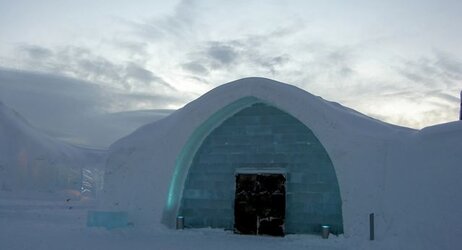Yes, but I believe the point is that you then don't have to use so much energy in cooling the things. If you take a server you can cool with ambient air in a cold environment and move it into a warm environment, you are (for sake of simplicity) doubling your energy use because you have the same energy produced by the server, and now you need the same amount of energy to cool the server because of the lack of cool ambient air.
As far as bulldozer goes(back to topic), we actually don't know how well Interlagos is going to perform. Yes, we have an idea from Bulldozer, but to me, it seems where Bulldozer does do well is exactly what a lot of servers need. Plus, if the chip's large power use is in fact seriously affected by an immature process, then having lower frequency chips should help a lot with leakage so then with more cores in a heavily multi-threaded environment, it may turn out to be a good option. I'm not saying it is, I'm just saying I want to see Interlagos in a server environment before I pass judgement.

